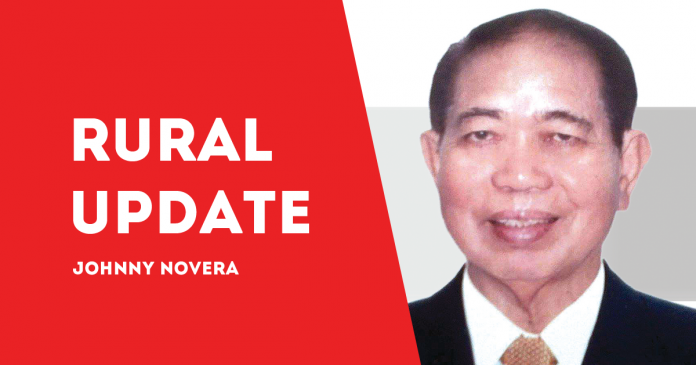
WE STILL find it necessary to comment on our traffic situation. We refer particularly to Quirico Abeto Street which is the road in Iloilo City’s Mandurriao district between Megaworld and Mandurriao Plaza passing in front of the Western Visayas Medical Center.
We invite our traffic enforcers to look at the traffic flow in this area first hour in the morning when residents go to school or to their workplace in the city and then in the afternoon when they return home.
This road serves residents of various subdivisions towards the circumferential road, including NHA and the southern towns of Iloilo, namely San Miguel, Leon and Alimodian, and is likewise an alternative route from the city to the international airport in Cabatuan town.
We invite traffic car Jeck Conlu to observe the traffic load between Mandurriao Plaza and Megaworld towards the city in the morning and back in the afternoon to confirm our observation. Then he can report his findings to Mayor Jerry P. Treñas so the latterwill ask the City Engineer to expand this road to four lanes from the present two lanes.
This road passes in front of a busy public hospital serving patients not only from the city but the whole province of Iloilo. What if there are emergency patients being rushed to the hospital during heavy traffic?
SLOW LEARNERS ARE POOR READERS
It is surprising to read a report from the Superintendent of the Iloilo Schools Division, Dr. Roel Bermejo, that an estimated 42,000 students from kindergarten to high school cannot read.
He explained that they are considered “frustrated level” readers which means they can recognize some words but they lack comprehension. Iloilo has at present half-a-million students enrolled in our public schools.
Dr. Bermejo described frustrated reading level as a stage “where readers find reading materials are so difficult that they cannot successfully respond to them.”
With due respect, we would like to comment that Dr. Bermejo answers his own question on the reading problem in the public schools by his comments when he said that “the reading materials that they provide are not interesting to them.”
So why not acquire for our schools more interesting books or reading materials and discard the “uninteresting” volumes that you described “as so difficult and to which the students cannot successfully respond?”
We believe that many such books and materials are available in the market. Newspapers and magazines should be a good start for supplementary reading of students, plus books even covering outside of school subjects.
How adequate are the books and reading materials that we have in our school libraries?
Moreover, we believe that the school librarian should screen the books in stock in their libraries, preferably from Filipino authors, and see that they can provide interesting reading.
In our case, before we entered school, we already learned first to read in Ilonggo because of the Hiligaynon magazine that our father brings home every week from the city. Reading English books later on or the newspapers was not hard because we already learned to read.
How much reading materials are made available to our students?
The reading habit should be introduced to our children in the early years. Let us keep them away from the cellphone first.
***
GEM OF THOUGHT
“The activist is not the man who says the river is dirty. The activist is the man who cleans the river.” – Ross Perot (For comments or re-actions, please e-mail to jnoveracompany@yahoo.com)/PN

